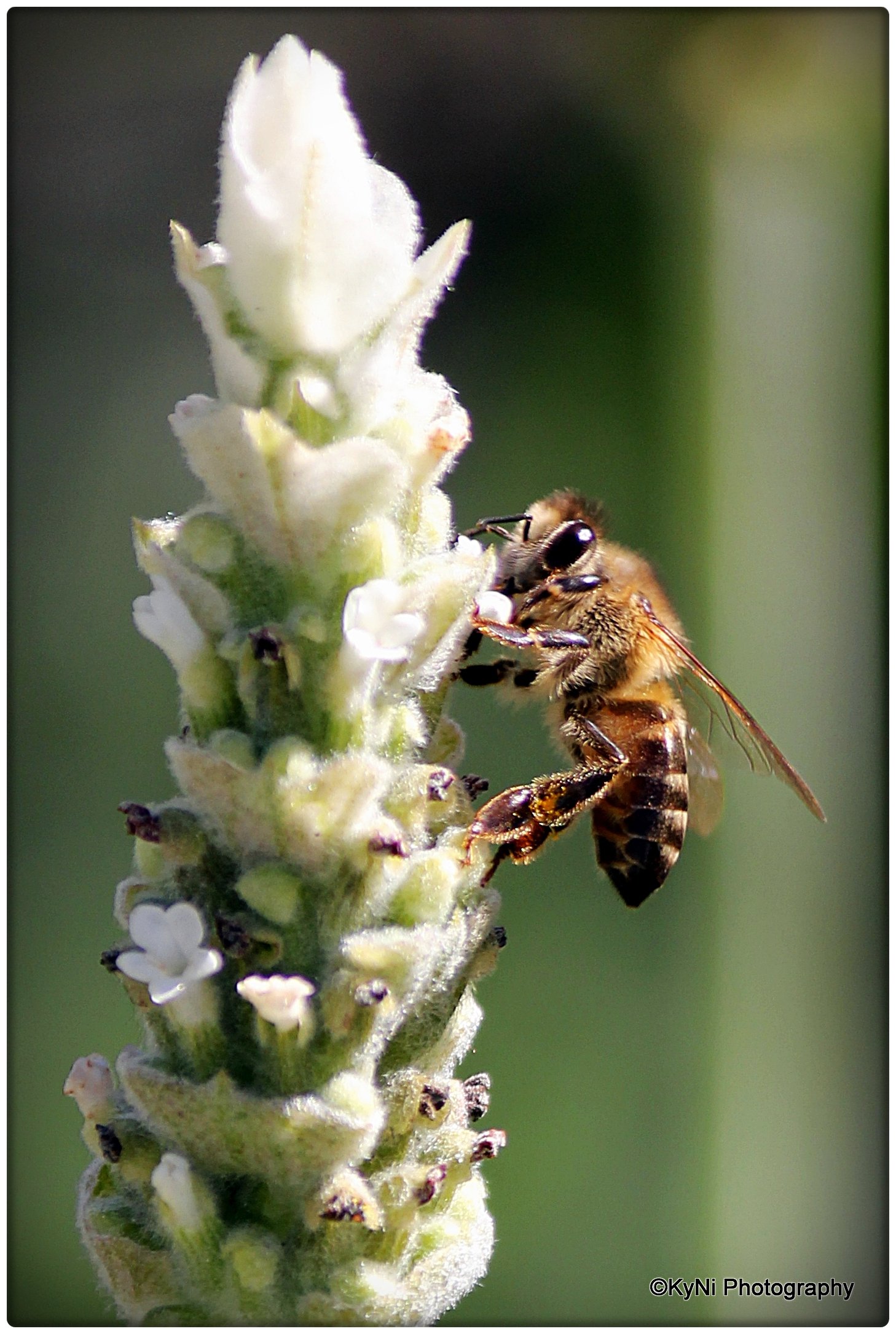Conserving our natural heritage at WCFP
Even though the West Coast Fossil Park’s (WCFP) main claim to fame is its preservation and display of 5-million-year old fossils, it is also a hub for conservation and rehabilitation of the current eco system.
Given the park’s history as a phosphate mine between the 1940s and 1993, this has been an absolutely invaluable contribution to preserving the sensitive natural heritage of South Africa’s West Coast.
According to a paper by Honours Student, Lisa Nupen, mining had dramatically altered the landscape and vegetation of the area. Among other things, mine pits produced unnaturally deep depressions, large slimes dams were constructed to dispose of the fine material and woody aliens had invaded many of the disturbed sites.
However, once the park was declared a National Monument Site in 1996, a rehabilitation programme was initiated with the general aim of removing alien vegetation and re-establishing endemic Strandveld to form a buffer reserve around the Fossil Park, later to be integrated into the West Coast Biosphere Reserve.
Headed up by Deon van Eeden, MD of Vula Environmental Services, the rehabilitation methodology involved alien removal, innovative hydro-seeding techniques, and planting of rooted cuttings and seedling mats. The goal was to establish a nucleus of Strandveld vegetation and increase in floral diversity.
In a piece Van Eeden penned for Pro Landscaper Magazine in 2021, he recalls: “In 1996, I was confronted with a vast and derelict 650ha open-cast mine – now known as the West Coast Fossil Park.”
“[A]ll we had to work with was a conceptual rehabilitation plan, a three-month proof of concept contract, and no idea how to actually do a job of this magnitude in an area where the rainfall averages only 270mm per year.”
One of Van Eeden and team’s biggest challenges was finding suitable species from surrounding areas that would tolerate the post-mining environment. However, in their search, they also managed to discover new populations of various species of conservation concern – most notably, the previously unrecorded natural hybrid of Limonium peregrinum x capense.
“This hybrid, as well as one of the West Coast-endemic parents, L capense, is under threat due to habitat destruction caused by industrial development,” he explains. “The WCFP offers conservation status protection for a number of these plants, including Limonium capense and Limonium peregrinum.”
In rehabilitating the natural vegetation of the site and waging war against invasive species, the WCFP has also attracted a return of all kinds of life forms, big and small.
An increasing range of small mammal species have been sighted and/or captured on heat sensor camera traps in the park. These include small spotted genet, caracal, duiker, bush rat, scrub hare, bat eared fox, African wild cat and Cape grey mongoose.
Apart from these cute and fluffy critters, the WCFP is also home to a wealth of somewhat less cuddly, but equally important species of insect, reptile and amphibian. Of course, there are also birds a-plenty, which you can seek out during one of our expert-guided birding walks.
“The process of restoration is ongoing and the battle against invasive species such as Acacia cyclops is relentless and provides sobering insights in how careless we are in our dealings with our planet earth,” says Van Eeden.
“Fortunately, we do learn and the future is secure in the knowledge gained and lessons learned at this fascinating place Vula Environmental Services has called home for the past 25 years.”



